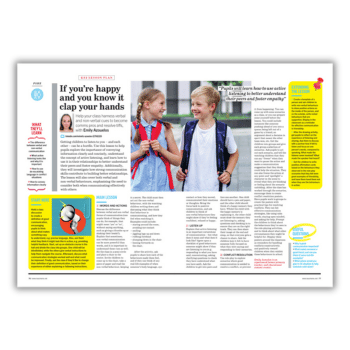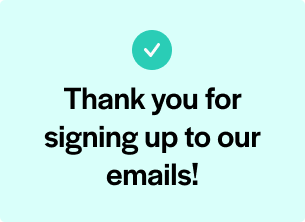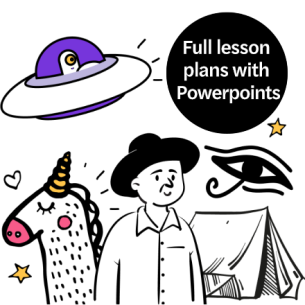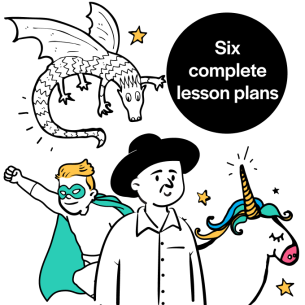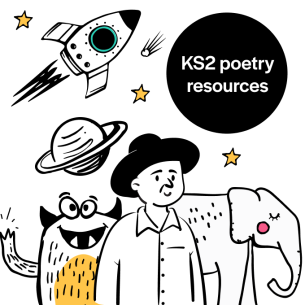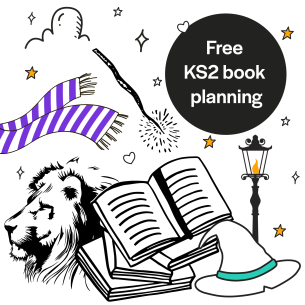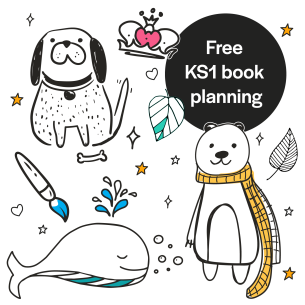Use this free communication lesson plan from Emily Azouelos to help your class harness verbal and non-verbal cues to resolve tiffs…
Getting children to listen to you – and each other – can be a hurdle. Use this lesson to help pupils explore the importance of conveying information clearly and concisely, understand the concept of active listening, and learn how to use it in their relationships to better understand their peers and foster empathy.
Additionally, they will investigate how strong communication skills contribute to building better relationships. The lesson will also cover both verbal and non-verbal behaviours, emphasising the need to consider both when communicating effectively with others.
Communication lesson plan learning objectives
- Know the difference between verbal and non-verbal communication
- Understand what active listening looks like and why it is important
- Learn how to use de-escalating language in conflict situations
- Learn how to convey information clearly
Starter activity
Hold a class discussion to create a definition of good communication, encouraging pupils to think about what makes something easy to understand, e.g. precise language. Also, ask them what they think it might look like in action, e.g. providing helpful feedback.
Next, set up an obstacle course in the hall and divide the class into groups. One child will be blindfolded, while the others give verbal instructions to help them navigate the course. Afterward, discuss what communication strategies worked well and what could be improved.
Finally, ask the class if they’d like to change their definition of good communication, based on their experience of either explaining or following instructions.
Emily Azouelos is an experienced former primary teacher, and educational content creator.
